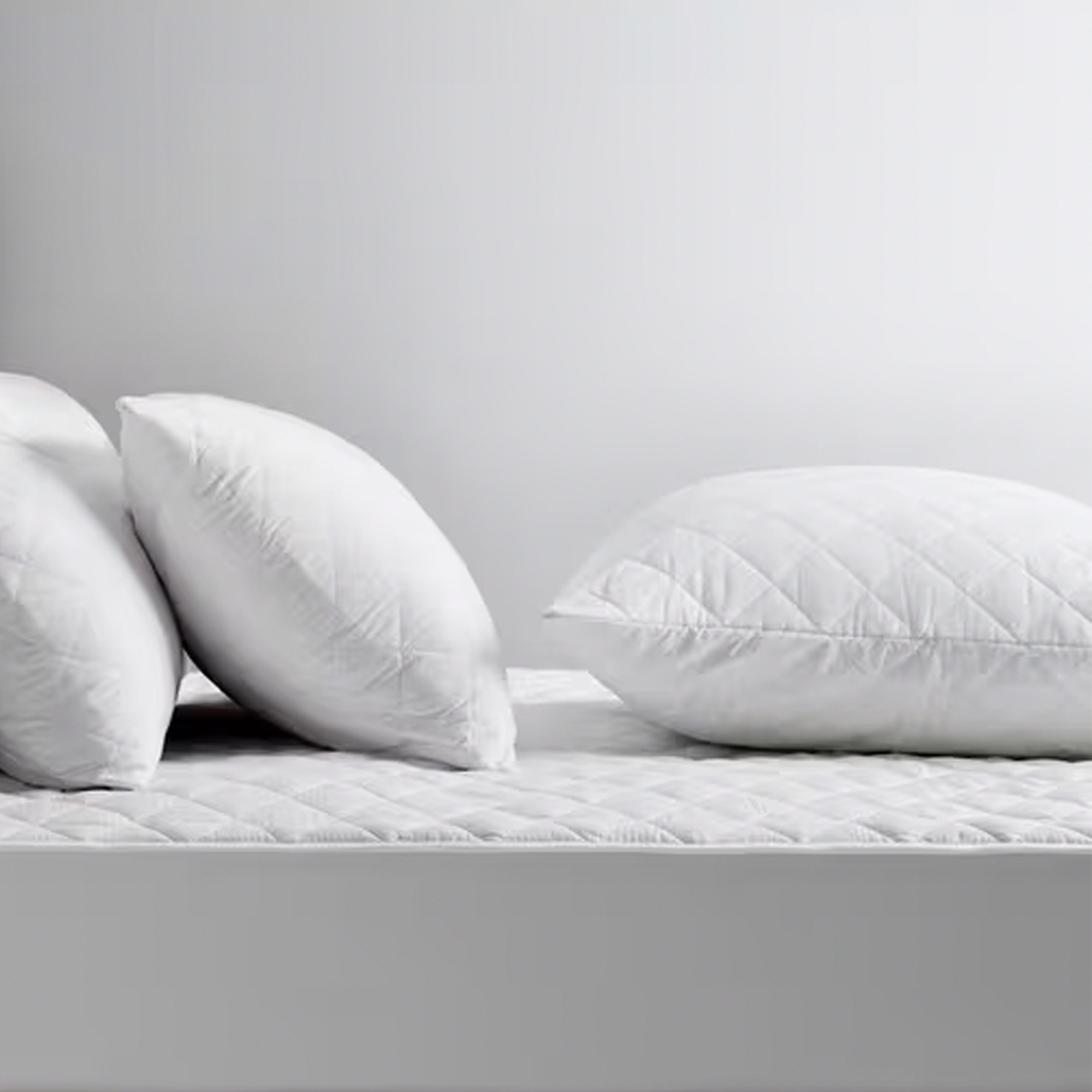How to get rid of yellow stains on pillows – cleaning experts explain what causes yellow stains and how to remove them
A step-by-step guide to how to get rid of yellow stains on pillows

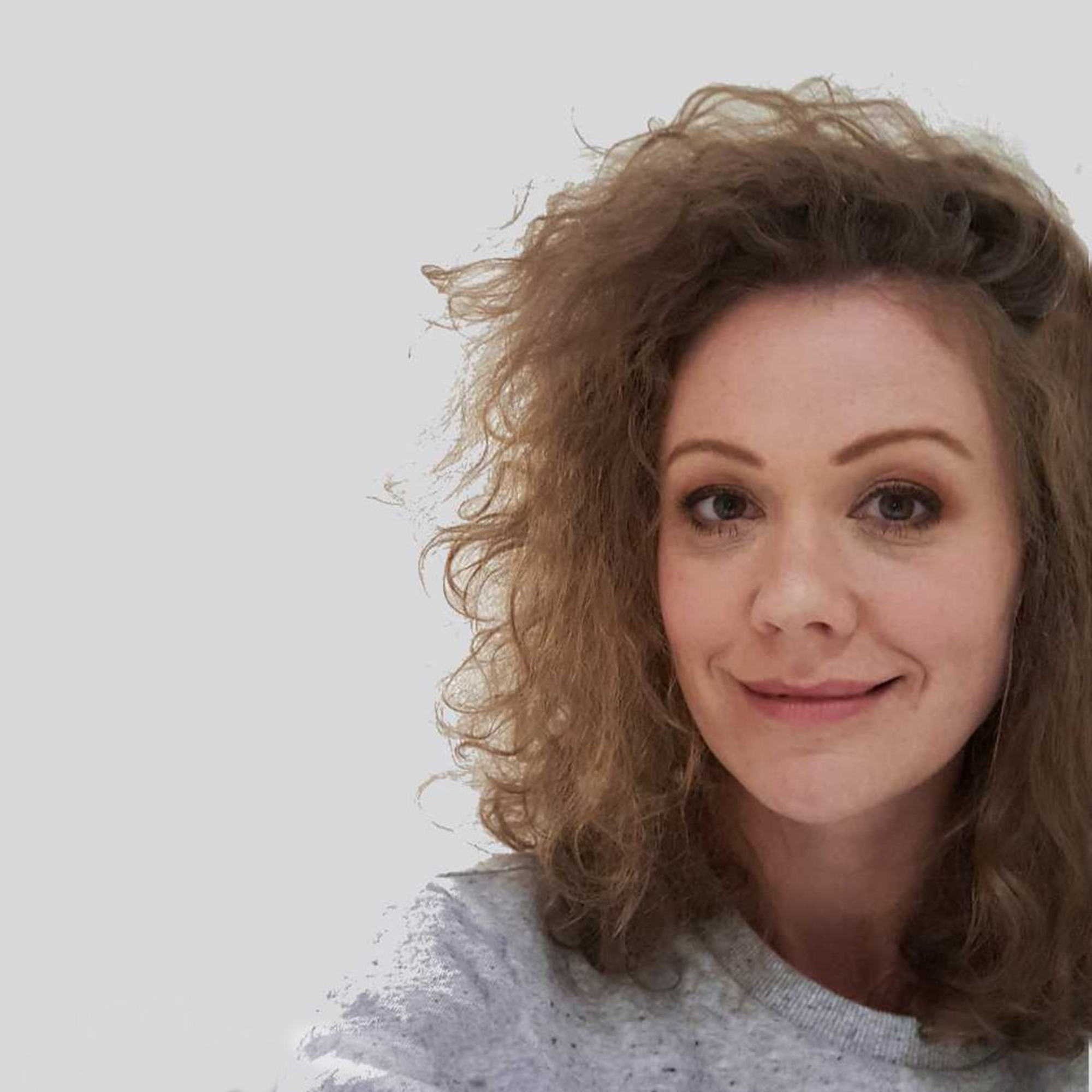
Ellis Cochrane
If your once-white pillows are starting to look less than pristine, you're likely wondering how to get rid of yellow stains on pillows.
Yellowing is a problem that can happen to even the best pillows, but the good news is that there are ways to fix it, as well as methods to prevent it from happening in the future.
In this guide, we'll break down the step-by-step process of how to make yellow pillows white again, and our cleaning experts will also explain what causes yellow stains on a pillow in the first place.
So without further ado, let's get on with removing those stains and getting your pillows back into tip top shape.
How to get rid of yellow stains on pillows
'Removing yellow stains from pillows can be a bit challenging,' says Petya Holevich, cleaning expert at Fantastic Services. 'However, with the right approach, you can solve this problem easily.' Here's what you'll need.
- A pre-wash stain remover; we like this Vanish Oxi Action Multi Stain Degreaser Spray from Amazon
- Mild liquid laundry detergent: try this Ecover Zero Delicate Laundry Liquid for Sensitive Skin from Amazon
- Optional - dryer balls or clean tennis balls
Step-by-step guide
1. Check the care label
Most pillows can be spot-cleaned, but not all can be washed or soaked in water, so the first step is to check the care label first to make sure you can clean your pillow. Our guide to how to wash pillows has more information.
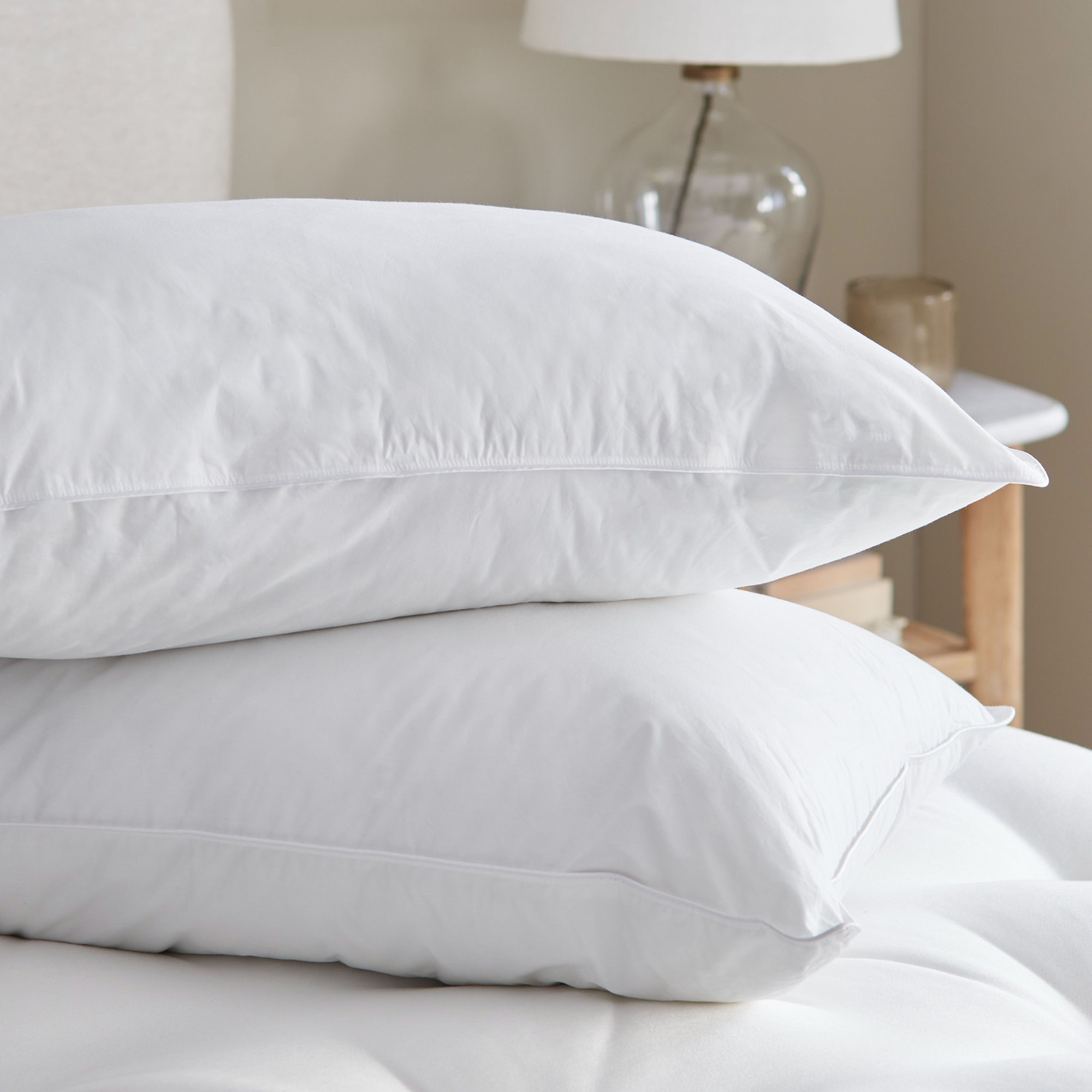
2. Identify the cause
'Before treating the stain, it'll be key to figure out what caused it,' says cleaning expert Petya. 'The most common reasons usually include sweat, body oils, and saliva. Choosing the right products is then a very important factor for effectively removing yellow stains from your pillows.'
'Some of the most effective options I’d recommend include mild liquid detergent mixed with equal parts water for general stains such as sweat and body oils, enzymatic cleaners for organic stains such as saliva, oxygen bleach as a safer alternative to chlorine bleach for whitening, and commercial stain removers which can be specifically formulated for different types of stains.'
However, you can also opt for natural cleaning products. 'Baking soda acts as a natural deodoriser and mild pillow stain remover,' says Petya, 'white vinegar can eliminate unpleasant smells, and lemon juice has natural bleaching properties.
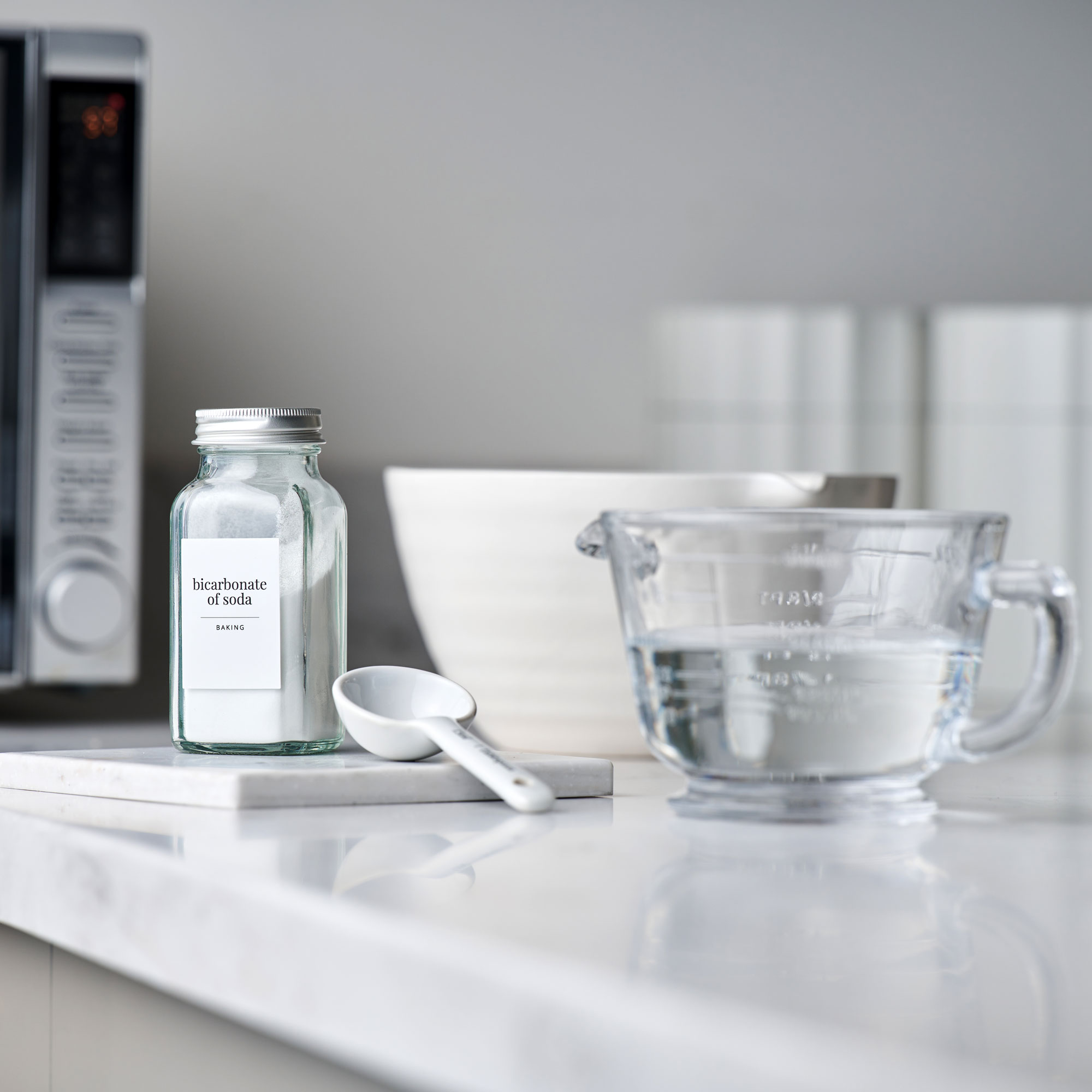
'Besides that, some essential oils, such as tea tree oil or lavender oil, have antibacterial properties. If you add a few drops to your regular detergent when washing the pillows, they can do a very effective job at dealing with pillow stains. However, if you decide to opt for natural cleaning methods, keep in mind that they may take more time and persistence and may need to be repeated in comparison to using bleach.'
3. Pre-treat the stains if possible
'If the stains have been caused by sweat and body oil, create a solution of equal parts water and mild liquid detergent and gently dab the stained area with a clean cloth or sponge,' Petya continues. 'Avoid rubbing because it can spread the stains further.'
Or, Sophie Lane, product training manager at Miele GB advises pre-treating with a stain remover. ‘Apply a small amount of a pre-wash stain remover or a mixture of equal parts water and liquid laundry detergent to the stain’.
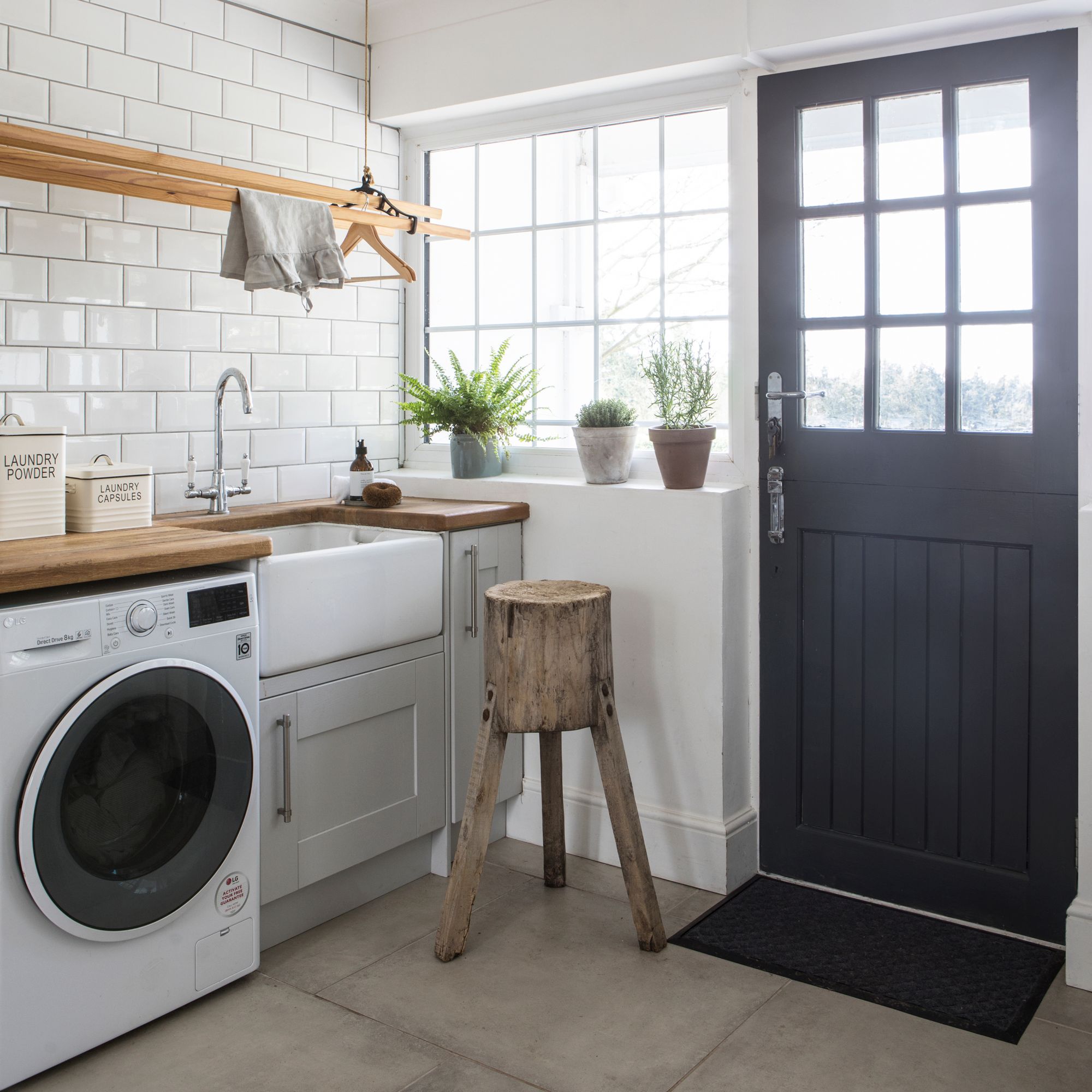
'For saliva stains, enzymatic cleaners, which break down organic stains, will be more effective,' Petya explains. 'In most cases, powdered laundry detergent alone won’t be able to remove the stains. If your pillow can be washed, instead, combine one cup of laundry detergent with one cup of bleach, one cup of dishwashing detergent and half a cup of borax.'
'Once you have this solution, soak your pillow in it with hot water, either directly in your washing machine using the soak function or separately into a bucket or another type of large container. Let them sit like this for around an hour so the ingredients can get activated and flip the pillows over halfway through soaking. Make sure they get completely wet.'
3. Wash your pillow according to the care label
'If the pillow is machine washable, launder it according to the care instructions on the label,' says Petya. 'If you’re treating white pillows, add oxygen bleach to the washing machine. It can help to brighten and remove more stubborn stains.'
For non-machine washable pillows, you'll have to stick to spot cleaning.
'If you’re laundering your pillows in the washing machine, include an extra rinse cycle so they’re cleaned thoroughly,' advises Petya. 'I’d also recommend washing your pillows in pairs so their weight will be balanced.'
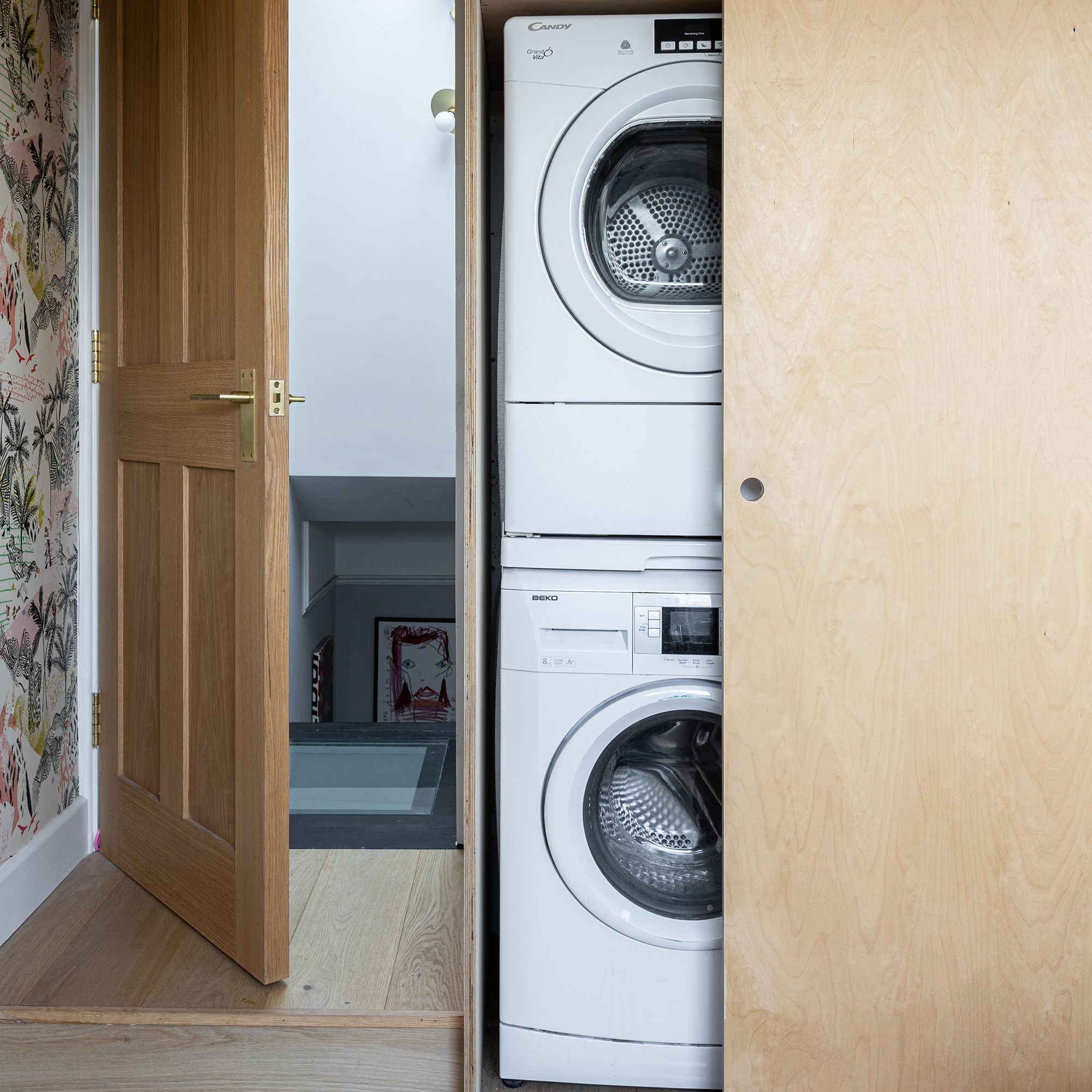
4. Dry your pillow thoroughly
'When washing your pillows, remember to also let them dry completely before using them again,' warns Petya. 'Otherwise, the moisture left on the pillow can result in mould and mildew growth, which can make your sleeping environment unhealthy.'
'Sunlight can naturally bleach and disinfect your stained pillows,' says Petya. 'After washing, let them air-dry in direct sunlight, which can help eliminate any unpleasant smells.'
But what if you don't have an outside space or a sunny day on your side? If your pillow can be tumble-dried, experts have a few hacks to help speed up the drying process and ensure you pull a fluffy pillow out of the machine.
Emily and Jonathan Attwood, founders of bedding brand scooms advise, 'using wool dryer balls in the dryer, as they'll help the hot air to circulate more evenly and efficiently, not only reducing drying time, but saving you money on your energy bills too!’.
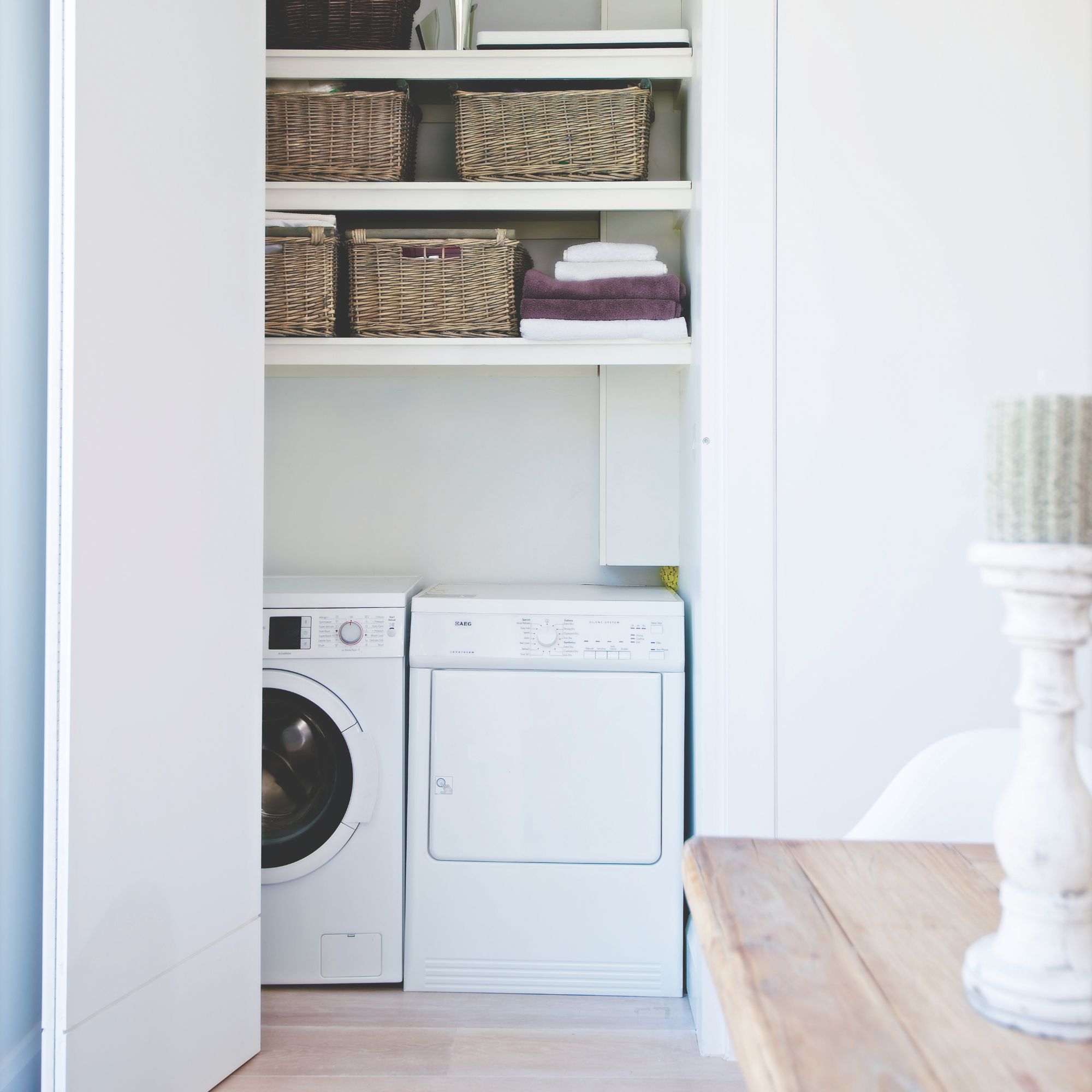
'Tumble dry them on low heat with dryer balls or clean tennis balls to help keep them fluffy,' agrees Petya.
Sarah Dempsey, cleaning expert at MyJobQuote.co.uk suggests the same, advising to 'add some tennis balls or dryer balls to prevent clumps from forming in the pillows. You can also add a couple of dry towels to the machine to help speed up the drying process.’
FAQs
How do I prevent yellow stains on my pillows?
So now we know how to get rid of yellow stains on pillows, but there is a way to prevent them forming in the first place.
'To prevent your pillows from staining in the future, use pillow protectors, which are washable and act as a barrier preventing stains from forming and spreading,' advises Petya.
Yep, just like one of the best mattress protectors will shield your mattress from stains, one of the best pillow protectors will defend your favourite pillow from yellowing. Here are three of our top recommendations for where to shop.
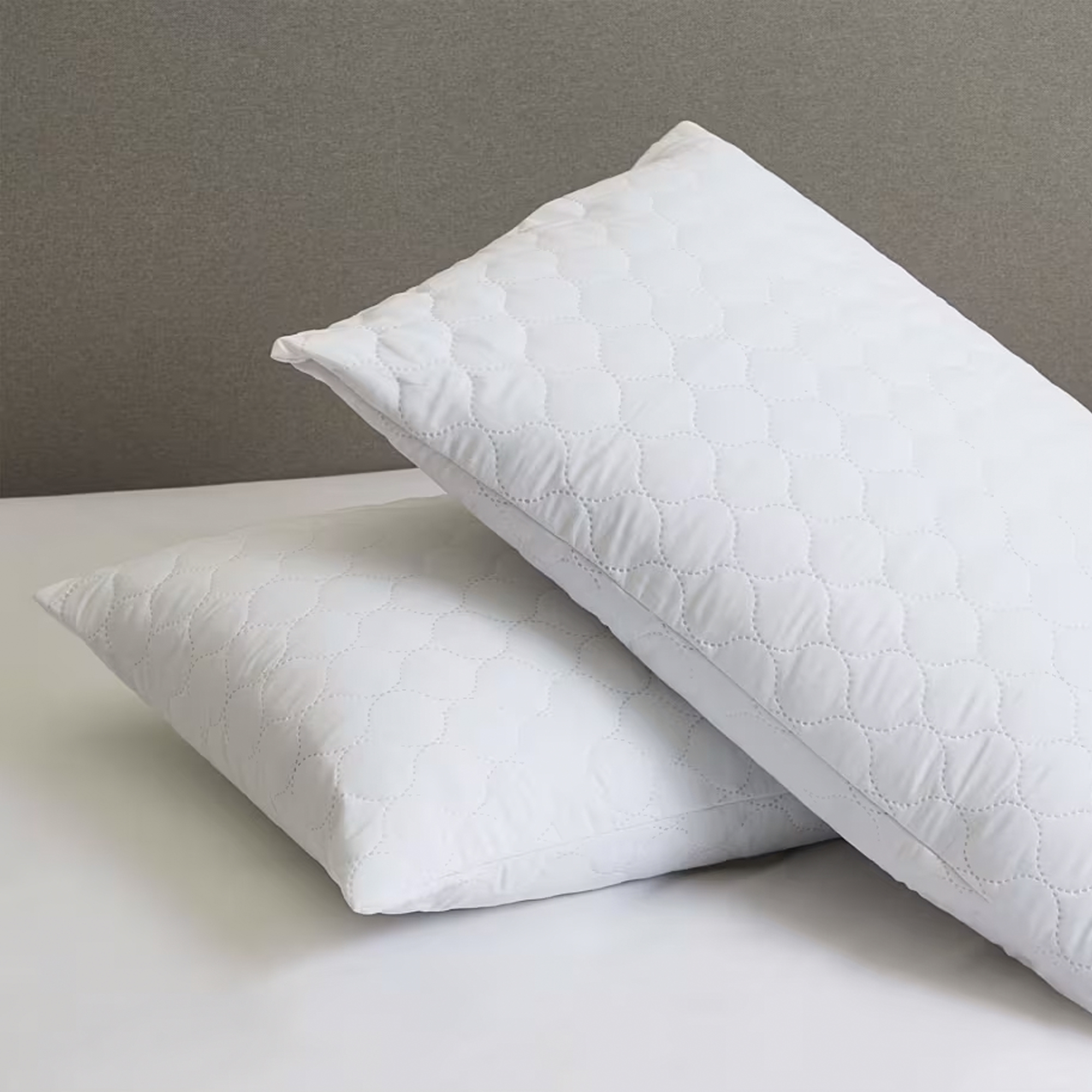
Starting from just £5, Marks & Spencer's pillow protectors are a quick and easy addition to your pillow that will save yellow stains appearing in the first place.
'Also, wash pillows regularly,' advises Petya. If you're wondering how often you should wash a pillow, Petya says 'at least every 4 to 6 months' and suggest we make sure to 'follow care instructions.'
What causes yellow stains on pillows
In the battle against yellow stains, it's well worth knowing what causes them in the first place.
'Yellow stains on pillows can be caused by various factors,' explains cleaning expert Petya. 'Some of the most common reasons are sweat and natural body oils produced by your skin, saliva from drooling during sleep, going to bed with wet hair, and makeup and skincare products'.
‘Yellow stains on pillows are typically caused by a combination of factors, including natural body oils and sweat that accumulate over time,’ agrees Baqir Khan, cleaning expert and owner of Proactive Cleaners.
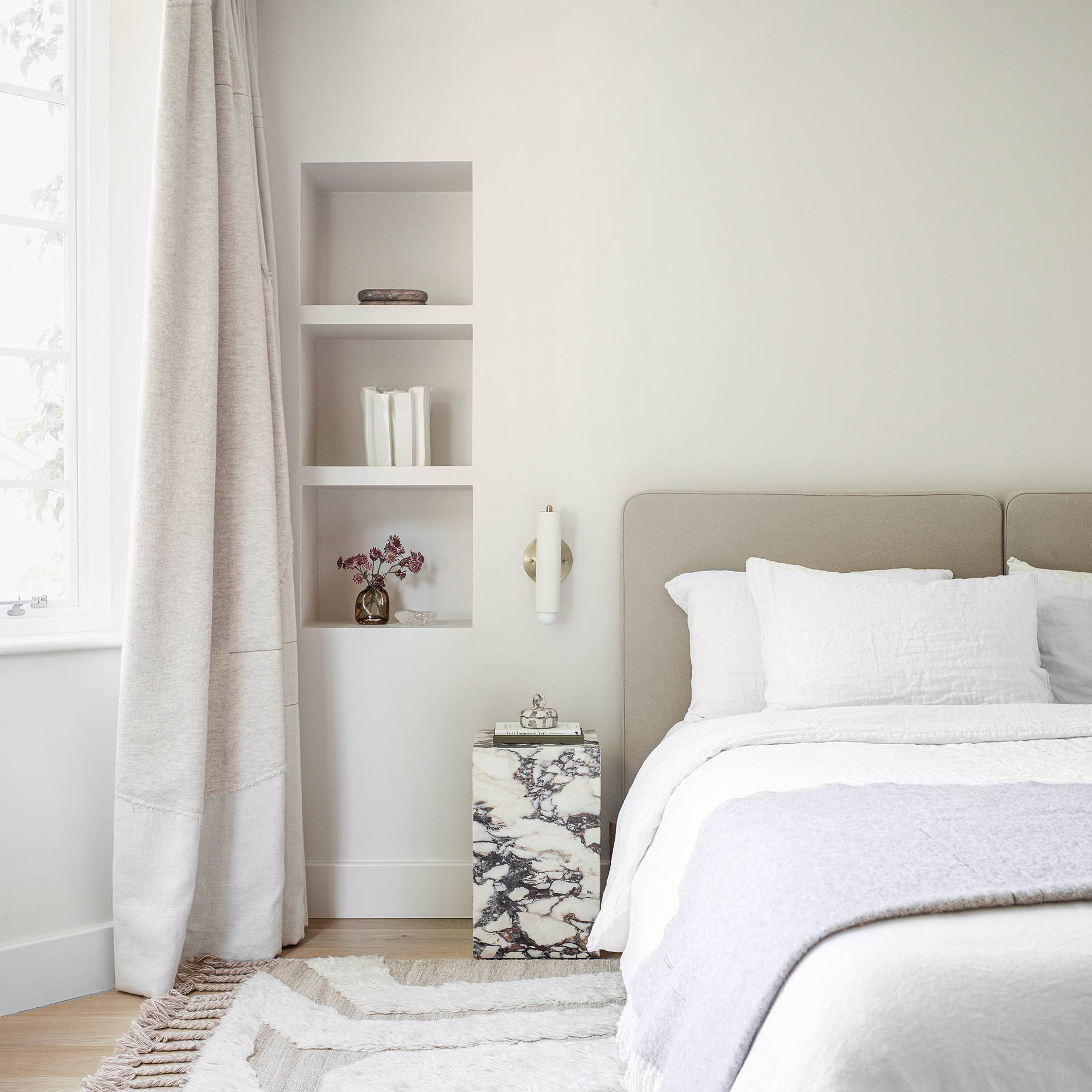
‘These substances can seep into the fabric of the pillowcase and pillow, creating unsightly discolouration. Additionally, dust mites, allergens, and skin cells can contribute to the staining.’
According to Rex Isap, CEO of Happy Beds, our sleeping position can also play a big part, that's because ‘those who sleep on their side or front are more likely to drool than back sleepers, increasing the likelihood of pillows turning yellow.’
Should I throw away yellow pillows?
Yellow stains on pillows are easier to remove if they're washed regularly and stains are dealt with promptly. If sweat, body oils, or saliva has been left to sit on the pillow for a long time then it may harder to get out.
At this point, you might have to bite the bullet and swap out your pillow for a new one. But, if you're wondering how often you should replace your pillows, experts advise every two years so that they maintain their support. So it may be your pillow is already overdue for replacement.
Hopefully, that's everything you need to know to get your yellow pillows white again, but of course, that isn't the only cleaning your sleep setup requires.
If you're ready to give your boudoir a complete refresh, our guides to how to wash a duvet, how to clean a mattress topper, and how to clean a mattress have everything you need to know.
Now there's no excuse not to have hotel-worthy bedding at home!
Get the Ideal Home Newsletter
Sign up to our newsletter for style and decor inspiration, house makeovers, project advice and more.

Amy is Ideal Home’s Sleep Editor and the Ideal Home Certified Expert on Sleep. She's spent the last four years researching and writing about what makes for the best night’s sleep during the day and testing out sleep products to find the best-in-class by night. So far she’s clocked up over 10,000 hours of pillow, duvet, and mattress testing experience.
Our go-to for all things sleep-related, she’s slept on and under bestselling products from Simba, Emma, Hypnos, Tempur, Silentnight, Panda, and many many more.
As a hot sleeper, Amy is always on the lookout for the most breathable bedding, but she also leads a wider team of testers to ensure our product testing encompasses both hot sleepers, cold sleepers, front sleepers, back sleepers, side sleepers, and everything in-between.
- Ellis CochraneContributor
You must confirm your public display name before commenting
Please logout and then login again, you will then be prompted to enter your display name.
-
 How and when to fertilise peonies for bigger, brighter blooms, according to experts
How and when to fertilise peonies for bigger, brighter blooms, according to expertsFind out everything you need to know about fertilising peonies and how to boost their beautiful blooms for longer
By Lisa Fazzani
-
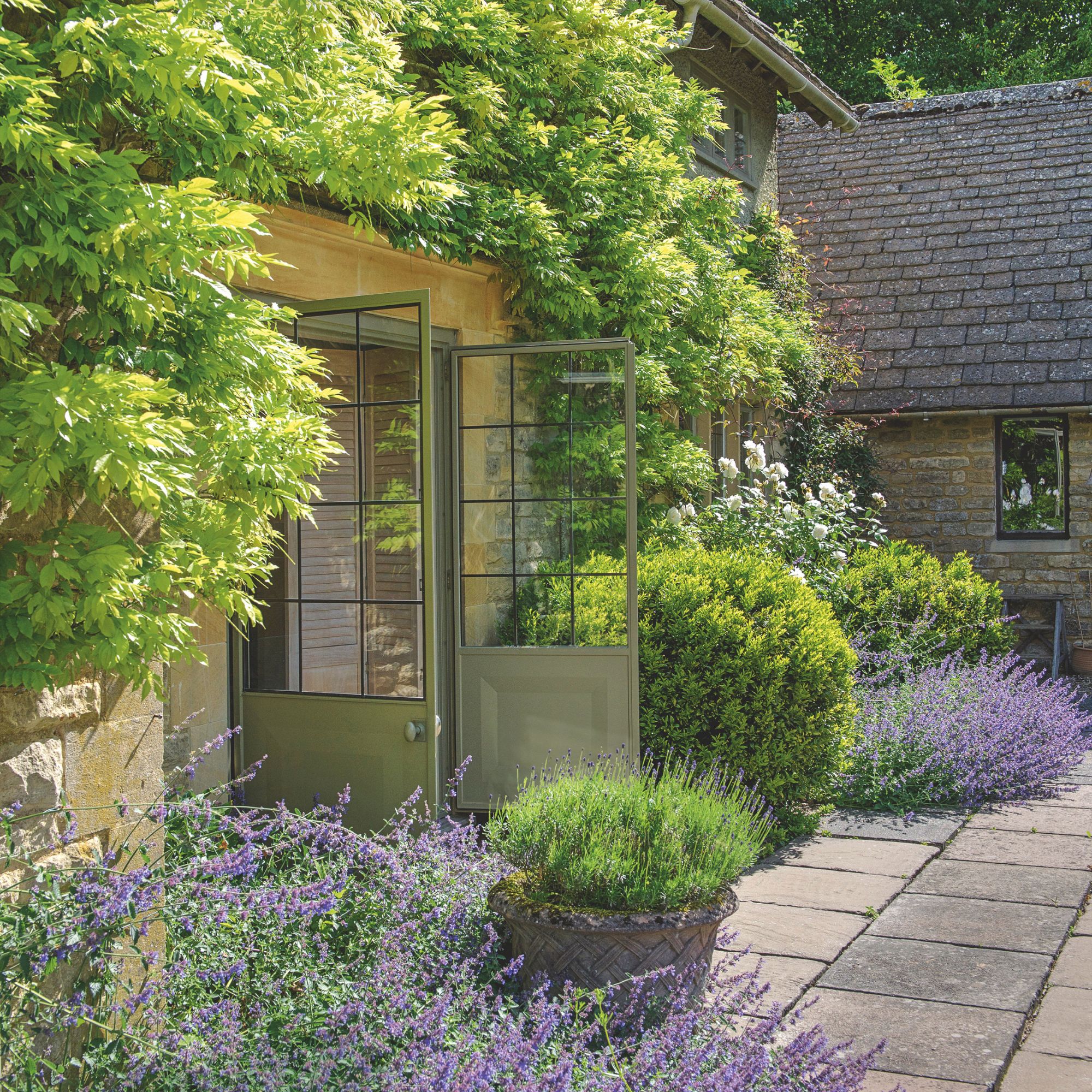 5 fragrant shrubs that will fill your garden with a gorgeous scent this summer
5 fragrant shrubs that will fill your garden with a gorgeous scent this summerAdd an extra dimension to your outdoor space with these scented shrubs
By Kezia Reynolds
-
 Should your front door colour match your hallway? Interior experts reveal 3 reasons why it should (and 3 reasons it shouldn't)
Should your front door colour match your hallway? Interior experts reveal 3 reasons why it should (and 3 reasons it shouldn't)Are you team matching or contrasting?
By Ellis Cochrane
